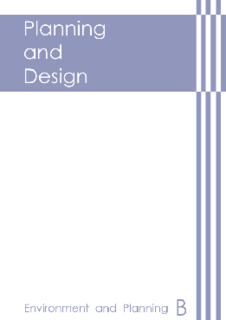PDF | Environment and Planning B, 38(5), 757-775, 2011.
Pnina O. Plaut
Abstract
Gated communities have grown in importance in the United States in recent years and they are also common in many other countries. Relatively little is known about the factors and tradeoffs associated with the preferences of households to live in such communities. There is a popular perception of gated communities being refuges for higher income and higher status predominantly white households in the United States but this appears to be largely incorrect. The profile of those who live in gated communities is the focus of this study. Homeowners living in gated communities are analyzed separately from renters, and are compared with those living in nongated communities, with special attention to location within the metropolitan statistical area and housing features. The factors that affect their respective decisions appear to be different. Residence in gated communities is ‘purchased’ both in the form of higher prices and rents, but also in the form of trading off some housing features, such as settling for smaller units with fewer bedrooms, for ‘gatedness’. The role of other factors in affecting likelihood of living in gated communities, including income, education, and some other factors associated with socioeconomic status, is explored using logit analysis. Those living in the urban subregions of the metropolitan statistical areas (the central city and secondary cities) have the highest likelihood of choosing gated communities, other things being equal. Somewhat surprisingly, people do not seem to be choosing gated communities in order to shorten their commuting distances. Despite the media stereotypes, racial minorities are often over-represented in gated communities for all minority groups for both forms of housing tenure (ownership and renting). Income disparities between whites and blacks are generally narrower within gated communities than they are outside of them. Within racial groups, income diversity, as measured by standard deviations, is greater in gated communities than outside of them, indicating greater heterogeneity.
